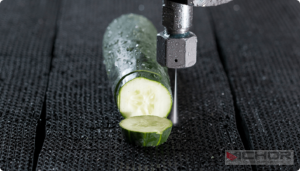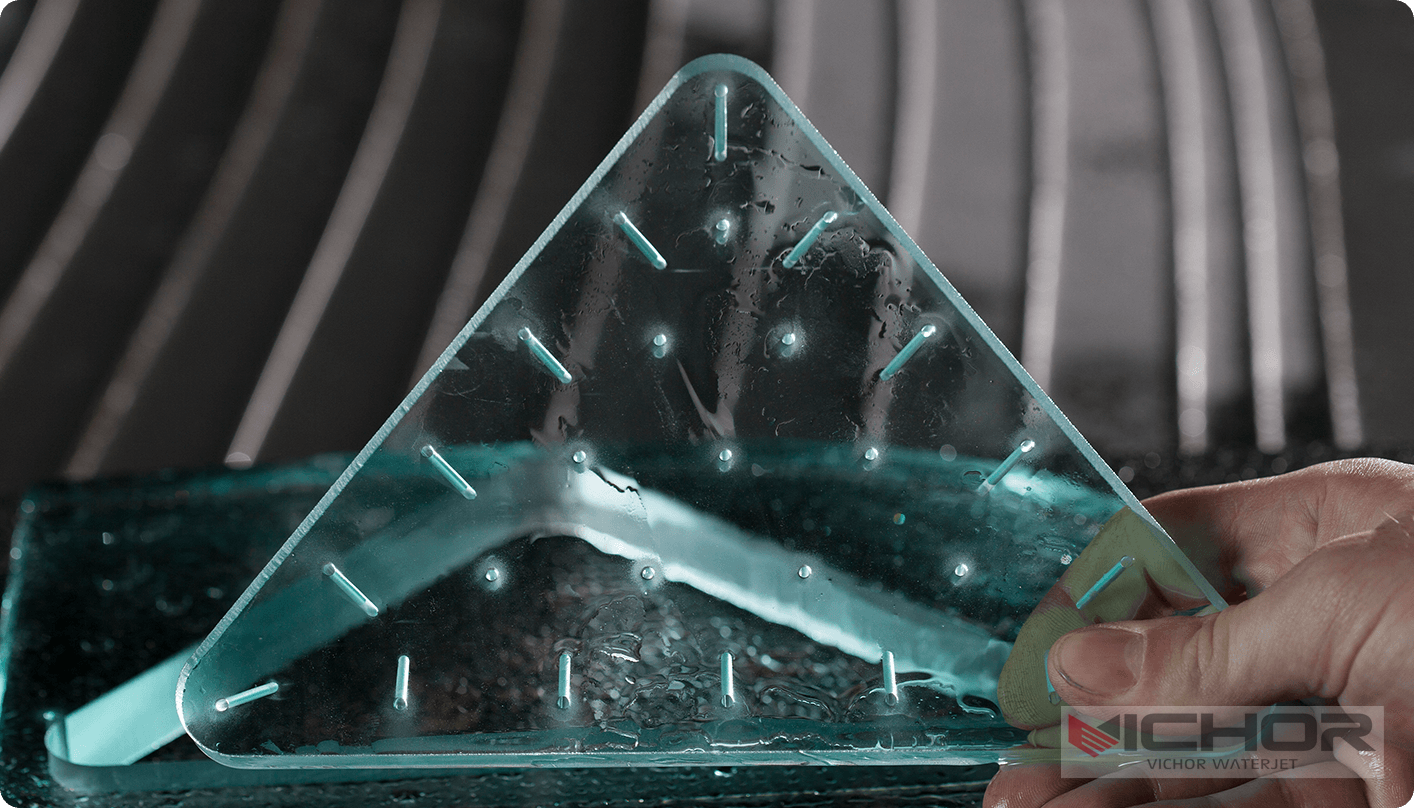
7 Things You Need to Understand About Flow Jet Machines
The world of manufacturing and fabrication is constantly evolving, with technologies emerging to cut, shape, and design materials with unprecedented precision and versatility. Among these advanced tools, the flow jet machine, more commonly and accurately known as a waterjet cutter, stands out as a remarkably powerful and flexible solution. This technology harnesses the raw power of water and abrasives to slice through a vast array of materials. Whether you’re an engineer, a workshop manager, or simply fascinated by industrial technology, understanding the flow jet machine is key to appreciating modern manufacturing capabilities. This article delves into seven crucial aspects of this technology, from its core principles to common operational challenges.
What Exactly is a Flow Jet Machine?
At its most fundamental level, a flow jet machine is a computer-controlled cutting system that uses a high-pressure stream of water, often mixed with an abrasive substance, to erode material and create precise cuts. Think of it as an ultra-high-pressure, hyper-accurate power washer. The term “flow jet” aptly describes the continuous, focused flow of fluid that acts as the cutting jet. This process is classified as a cold-cutting technique, meaning it does not generate significant heat-affected zones (HAZ) that can alter the material’s properties, a critical advantage over laser or plasma cutting. This makes the flow jet machine indispensable for working with materials that are sensitive to high temperatures, such as certain metals, plastics, and composites.
The Core Technology: How a Flow Jet Machine Generates Its Power
The magic of a flow jet machine lies in its ability to transform ordinary tap water into a cutting tool capable of slicing through titanium. This transformation happens through a process called intensifier pump technology. Here’s a simplified breakdown:
The Pump: An electric motor drives a hydraulic pump, which pressurizes oil. This oil pressure acts on a large piston, which is connected to a much smaller piston on the water side.
Intensification: This difference in piston size creates the “intensifier” effect. The pressure applied to the water is multiplied by the ratio of the piston areas, generating extreme pressures typically ranging from 60,000 to 90,000 PSI (4,000 to 6,200 bar).
The Cutting Head: The ultra-high-pressure water is then delivered through specialized high-pressure tubing to the cutting head. For cutting hard materials, a precise amount of abrasive garnet is sucked into the stream via a vacuum effect created by the speeding water.
The Nozzle: The mixture of water and abrasive is focused through a small jewel orifice (usually made of ruby or diamond) and then through a ceramic mixing tube. This creates a coherent, supersonic stream that performs the cutting.
This entire system is mounted on a robust gantry that moves the cutting head with extreme precision along the X and Y axes, following a path dictated by a computer-aided design (CAD) file.
The Unmatched Advantages of Using a Flow Jet Machine
Why choose a waterjet over other cutting methods? The benefits are numerous and significant:
Versatility: It is arguably the most versatile cutter available. A single flow jet machine can cut materials as diverse as rubber, foam, stone, glass, titanium, composites, and food products. There is no need for multiple, material-specific machines.

No Heat-Affected Zone (HAZ): As a cold process, it prevents hardening, warping, or altering the metallurgical structure of metals. It also doesn’t create harmful fumes or toxic gases from melting the material.
High Precision and Quality: Waterjets produce very narrow kerf widths and can hold tight tolerances, often within ±0.003 inches (±0.076 mm). The edge quality is excellent and typically requires no secondary finishing for many applications.
Eco-Friendly: The process itself uses water and natural abrasive (garnet). The water can be recycled in closed-loop systems, and the waste slurry (spent abrasive and cut material) is generally non-hazardous and can often be disposed of easily.
Minimal Set-Up and Easy Programming: Modern machines are controlled with intuitive software that converts CAD drawings into machine paths, allowing for quick job changeovers and complex cutting without the need for custom tooling.
Common Applications Across Industries
The unique capabilities of the flow jet machine have led to its adoption in a wide spectrum of industries:
Aerospace and Defense: For cutting intricate parts from high-strength alloys, titanium, and composites used in aircraft and military equipment without compromising their structural integrity.
Architecture and Art: Used to create detailed designs in metal, stone, and glass for decorative panels, sculptures, and signage.
Automotive: For prototyping parts, cutting gaskets, interior components, and even trimming composite body panels.
Food Industry: Surprisingly, pure water jets (without abrasive) are used to cut cakes, frozen foods, pizza, and poultry in a hygienic, non-heated way that doesn’t crush the product.
Manufacturing: A general workhorse for machine shops for creating parts, tools, and prototypes from virtually any material they encounter.
Key Considerations When Operating a Flow Jet Machine
While powerful, operating a flow jet machine effectively requires attention to several factors:
Abrasive Selection and Flow Rate: The type and size of abrasive garnet directly affect cut speed, quality, and operating cost. It must be fed consistently into the stream.
Orifice and Mixing Tube Condition: These are consumable parts. A worn orifice or mixing tube will cause a drop in pressure and a散开 (spread-out), less effective jet stream, leading to poor cut quality and tapered edges. Regular inspection and replacement are mandatory.
Water Quality: Although not needing to be drinkable, the water used must be filtered to remove particles that can clog and erode the high-pressure components prematurely.
Cut Speed: Finding the optimal feed rate for a given material and thickness is crucial. Cutting too fast leads to incomplete cuts, while cutting too slow wastes time, abrasive, and water while increasing taper.
Frequently Encountered Problems and Solutions
Even the most robust systems can encounter issues. Here are some common problems with a flow jet machine:
Low Cutting Pressure or Pressure Fluctuation: This is often the root cause of poor cut quality. It can be due to a worn intensifier pump seal, a clogged inlet water filter, a faulty pressure sensor, or a leaking check valve. Regular maintenance of the pump assembly is essential.
Excessive Taper on the Cut Edge: Taper is a natural characteristic of waterjet cutting, but too much is a problem. It is typically caused by a worn mixing tube, an incorrect feed rate (too slow), or using an abrasive that is too fine or coarse for the application.
Streaking or Poor Surface Finish on the Cut: This can result from an inconsistent abrasive flow, often due to a clogged abrasive feed line or a moist, clumped abrasive that won’t flow freely. It can also be caused by an oscillating or vibrating cutting head.
Abrasive Not Feeding into the Jet Stream: This creates a weak, water-only cut. Check for an empty abrasive hopper, a clogged feed line, a leak in the abrasive suction line, or a blockage at the point where the abrasive enters the cutting head.
Water Leaking from the Cutting Head: This usually indicates a failure of one of the seals within the head assembly. The most common cause is a ruptured high-pressure seal, which will need to be replaced immediately to maintain pressure.
The evolution of the flow jet machine continues. Innovations are focused on increasing energy efficiency, developing smarter pumps that deliver higher pressures more consistently, and enhancing software for better automation and predictive maintenance. The integration of 5-axis cutting heads allows for complex beveling and shaping in a single setup, further expanding the possibilities. As manufacturers continue to demand greater flexibility, precision, and material diversity, the role of the waterjet, or flow jet machine, will only become more central to modern production floors.
In conclusion, the flow jet machine is a testament to the power of combining simple elements—water and stone—with sophisticated engineering. Its ability to cut virtually anything without heat, its incredible precision, and its material versatility make it an invaluable asset. By understanding its technology, advantages, and common operational challenges, businesses can fully leverage this remarkable tool to innovate and excel in a competitive manufacturing landscape.
continue reading


